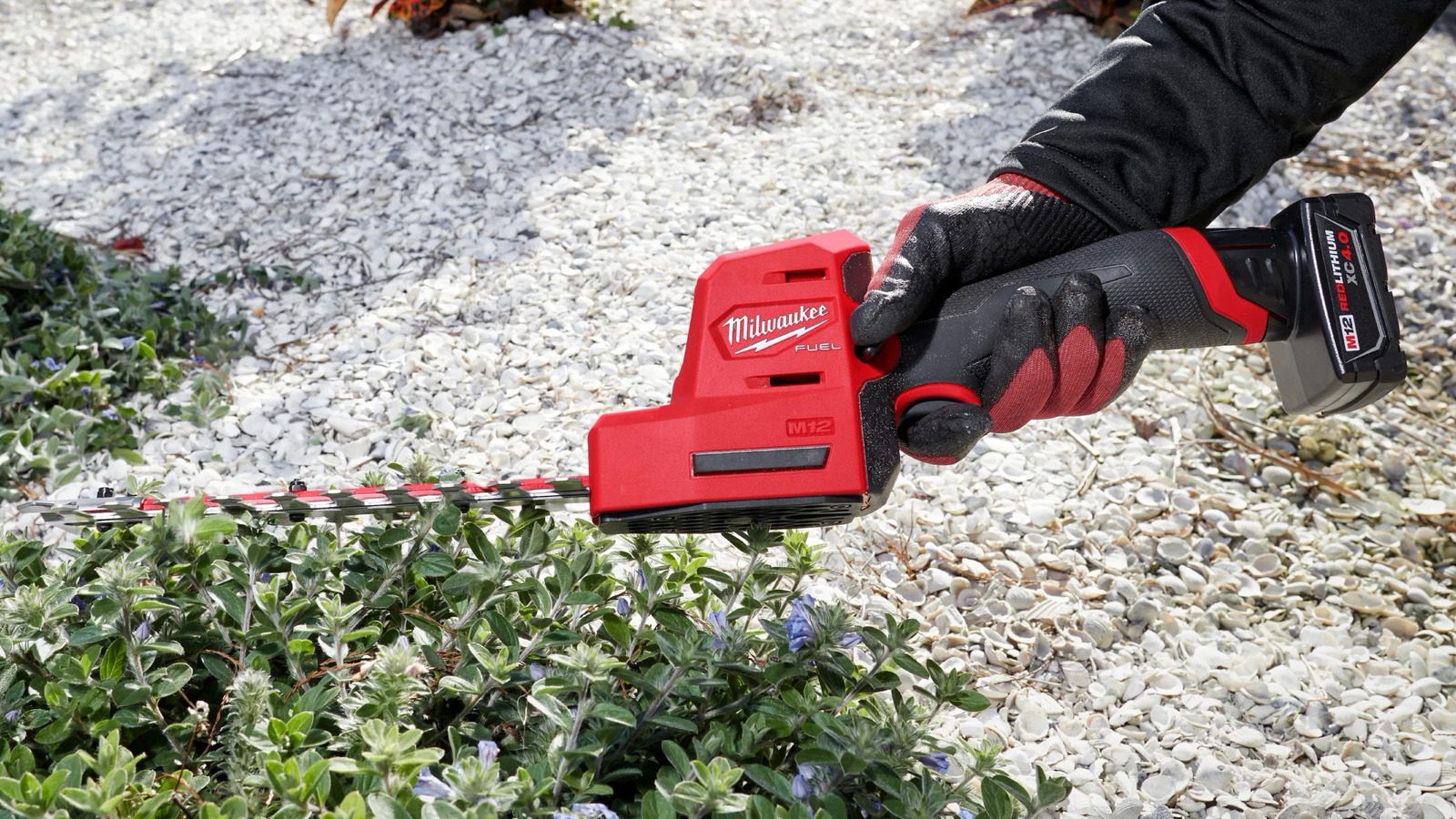How to Add an Element to an ArrayList in a HashMap?
In this article, we will explore the process of adding elements into an ArrayList that is stored within a HashMap in Java. Understanding how to manipulate collections like HashMaps and ArrayLists is an essential skill for any Java developer, especially when building complex data structures. Introduction to HashMap and ArrayList When working with Java collections, two of the most commonly used classes are HashMap and ArrayList. A HashMap allows you to store key-value pairs, while an ArrayList provides a flexible way to manage a dynamic array. To utilize these collections effectively, you'll often need to perform operations such as adding elements to an ArrayList that is associated with a specific key in a HashMap. Let’s break down how to perform this task step by step. Understanding the Structure In this scenario, we have a HashMap named Items, which maps String keys to ArrayList values. The Item class can be defined according to your specific requirements, but for this example, let’s consider it as a simple Java class with a few attributes. Example Item Class public class Item { private String name; private int quantity; public Item(String name, int quantity) { this.name = name; this.quantity = quantity; } // Getters public String getName() { return name; } public int getQuantity() { return quantity; } } Step-by-Step Approach to Adding Elements To add an element into the ArrayList stored in the HashMap, follow these steps: Step 1: Initialize the HashMap You need to create an instance of the HashMap where you'll be storing your ArrayList. Here's how you do it: HashMap items = new HashMap(); Step 2: Create an ArrayList for a Specific Key Before adding an element, ensure that there is an ArrayList initialized for the respective key. If it doesn't exist yet, create a new ArrayList for that key: String key = "Fruits"; items.putIfAbsent(key, new ArrayList()); The putIfAbsent method checks if the key already exists in the HashMap. If not, it initializes it with a new ArrayList. Step 3: Create the Item to Add Next, create the Item you want to add to the ArrayList: Item apple = new Item("Apple", 10); Step 4: Add the Item to the ArrayList Now that the ArrayList exists for your specified key, you can easily add the new Item to it: items.get(key).add(apple); Complete Example Here’s a complete example that combines all the steps above into a single program: import java.util.ArrayList; import java.util.HashMap; public class Example { public static void main(String[] args) { HashMap items = new HashMap(); // Key for the items String key = "Fruits"; // Initialize the ArrayList for the key if it doesn't exist items.putIfAbsent(key, new ArrayList()); // Create an Item Item apple = new Item("Apple", 10); // Add the Item to the ArrayList items.get(key).add(apple); // Output the size of the ArrayList for verification System.out.println(key + " contains: " + items.get(key).size() + " items."); } } Frequently Asked Questions (FAQ) Q1: Can I add multiple items to the same ArrayList in a HashMap? Yes, you can add as many items as you want to the ArrayList associated with a particular key in the HashMap using the same add method you used in the example. Q2: What happens if I try to add an item to a non-existent key? If the ArrayList for that key does not exist yet and you try to add an item to it directly, it will result in a NullPointerException. Use putIfAbsent beforehand to avoid this. Conclusion Adding elements to an ArrayList within a HashMap is a common task when handling collections in Java. By understanding how to initialize your structures appropriately and manipulate them as needed, you can efficiently manage data in your applications. Follow the outlined steps, and you'll be able to manage collections confidently in your Java projects.

In this article, we will explore the process of adding elements into an ArrayList that is stored within a HashMap in Java. Understanding how to manipulate collections like HashMaps and ArrayLists is an essential skill for any Java developer, especially when building complex data structures.
Introduction to HashMap and ArrayList
When working with Java collections, two of the most commonly used classes are HashMap and ArrayList. A HashMap allows you to store key-value pairs, while an ArrayList provides a flexible way to manage a dynamic array.
To utilize these collections effectively, you'll often need to perform operations such as adding elements to an ArrayList that is associated with a specific key in a HashMap. Let’s break down how to perform this task step by step.
Understanding the Structure
In this scenario, we have a HashMap named Items, which maps String keys to ArrayList values. The Item class can be defined according to your specific requirements, but for this example, let’s consider it as a simple Java class with a few attributes.
Example Item Class
public class Item {
private String name;
private int quantity;
public Item(String name, int quantity) {
this.name = name;
this.quantity = quantity;
}
// Getters
public String getName() {
return name;
}
public int getQuantity() {
return quantity;
}
}
Step-by-Step Approach to Adding Elements
To add an element into the ArrayList stored in the HashMap, follow these steps:
Step 1: Initialize the HashMap
You need to create an instance of the HashMap where you'll be storing your ArrayList. Here's how you do it:
HashMap> items = new HashMap<>();
Step 2: Create an ArrayList for a Specific Key
Before adding an element, ensure that there is an ArrayList initialized for the respective key. If it doesn't exist yet, create a new ArrayList for that key:
String key = "Fruits";
items.putIfAbsent(key, new ArrayList<>());
The putIfAbsent method checks if the key already exists in the HashMap. If not, it initializes it with a new ArrayList.
Step 3: Create the Item to Add
Next, create the Item you want to add to the ArrayList:
Item apple = new Item("Apple", 10);
Step 4: Add the Item to the ArrayList
Now that the ArrayList exists for your specified key, you can easily add the new Item to it:
items.get(key).add(apple);
Complete Example
Here’s a complete example that combines all the steps above into a single program:
import java.util.ArrayList;
import java.util.HashMap;
public class Example {
public static void main(String[] args) {
HashMap> items = new HashMap<>();
// Key for the items
String key = "Fruits";
// Initialize the ArrayList for the key if it doesn't exist
items.putIfAbsent(key, new ArrayList<>());
// Create an Item
Item apple = new Item("Apple", 10);
// Add the Item to the ArrayList
items.get(key).add(apple);
// Output the size of the ArrayList for verification
System.out.println(key + " contains: " + items.get(key).size() + " items.");
}
}
Frequently Asked Questions (FAQ)
Q1: Can I add multiple items to the same ArrayList in a HashMap?
Yes, you can add as many items as you want to the ArrayList associated with a particular key in the HashMap using the same add method you used in the example.
Q2: What happens if I try to add an item to a non-existent key?
If the ArrayList for that key does not exist yet and you try to add an item to it directly, it will result in a NullPointerException. Use putIfAbsent beforehand to avoid this.
Conclusion
Adding elements to an ArrayList within a HashMap is a common task when handling collections in Java. By understanding how to initialize your structures appropriately and manipulate them as needed, you can efficiently manage data in your applications. Follow the outlined steps, and you'll be able to manage collections confidently in your Java projects.










































































































































































![[The AI Show Episode 146]: Rise of “AI-First” Companies, AI Job Disruption, GPT-4o Update Gets Rolled Back, How Big Consulting Firms Use AI, and Meta AI App](https://www.marketingaiinstitute.com/hubfs/ep%20146%20cover.png)
























































































































![[DEALS] The Premium Python Programming PCEP Certification Prep Bundle (67% off) & Other Deals Up To 98% Off – Offers End Soon!](https://www.javacodegeeks.com/wp-content/uploads/2012/12/jcg-logo.jpg)












































































































































_Aleksey_Funtap_Alamy.jpg?width=1280&auto=webp&quality=80&disable=upscale#)
_Sergey_Tarasov_Alamy.jpg?width=1280&auto=webp&quality=80&disable=upscale#)















































































































![Apple Developing New Chips for Smart Glasses, Macs, AI Servers [Report]](https://www.iclarified.com/images/news/97269/97269/97269-640.jpg)
![Apple Shares New Mother's Day Ad: 'A Gift for Mom' [Video]](https://www.iclarified.com/images/news/97267/97267/97267-640.jpg)
![Apple Shares Official Trailer for 'Stick' Starring Owen Wilson [Video]](https://www.iclarified.com/images/news/97264/97264/97264-640.jpg)






































































































